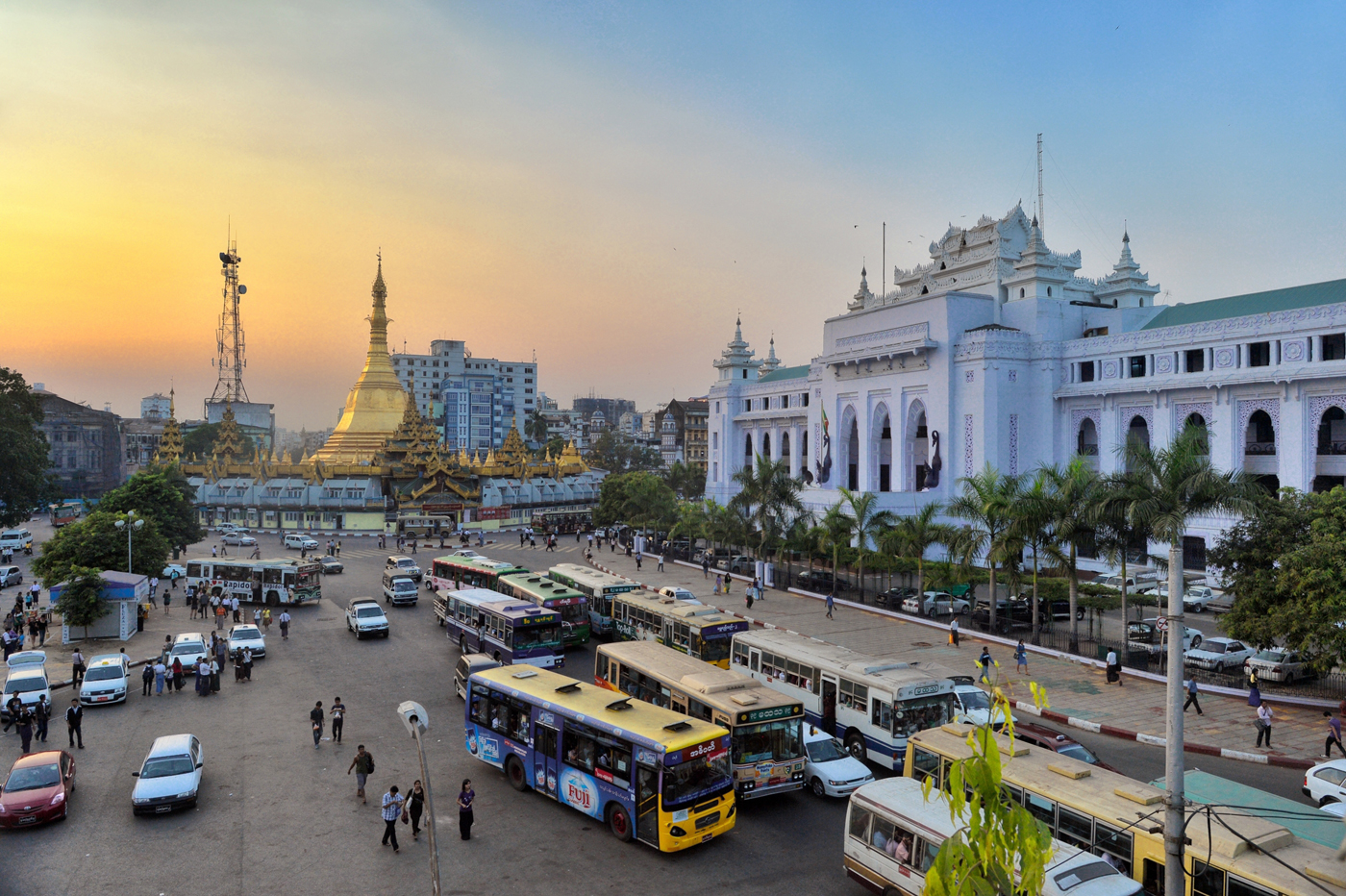A striking new photography book lifts the curtain on the people and places of Burma, from its time under a military dictatorship to the present day.
Burma, also known as Myanmar, has long been closed off to the rest of the world. Home to over 51 million people and 135 officially-recognized ethnic groups, the country has been siloed by one of the world’s longest-running civil wars. The military dictatorship that effected human rights violations from 1962 to 2011 has now officially ended. But four years later the nation’s major industries are still controlled by the military, who also command a quarter of all parliamentary seats.
Photographer Geoffrey Hiller first visited Burma while touring Southeast Asia in 1987. With the seven-day visa granted to tourists at that time, he walked through government-sanctioned locales including Yangon, Mandalay, and Bagan. Hiller says he was haunted by the country’s beauty and economic disparity: “Even ballpoint pens were in short supply,” he wrote me in an email.
Hiller began photographing daily life in the country after 1996, when foreigners were allowed to visit for 28 days. He returned several times after 2011, capturing Burma after it re-opened its doors to foreigners. Images from his excursions can be found in Daybreak in Myanmar (Verve Photo Books), a stunning, intense portfolio of faces and places that have been cloistered from the rest of the world for the last 60 years.
From our partners:
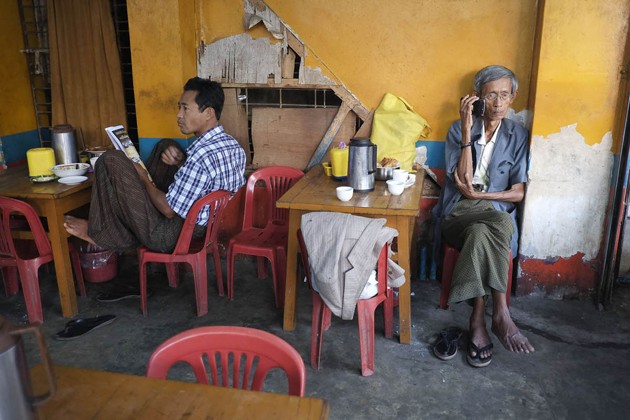
Hiller and his project came under official military scrutiny only occasionally. In 2000, when Hiller was making the web documentary Burma: Grace Under Pressure, he says he occasionally attracted the interest of the police. “I must have seemed suspicious with three cameras around my neck,” he told me.
Despite government-imposed restrictions, Hiller enjoyed remarkably free access. “Ironically, that was the easy part,” Hiller said. “In spite of having to be cautious of getting into trouble with the government, the vast majority of the Burmese are incredibly kind and welcoming.”
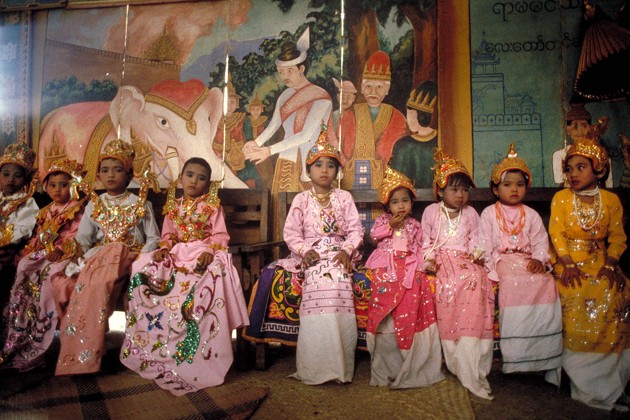
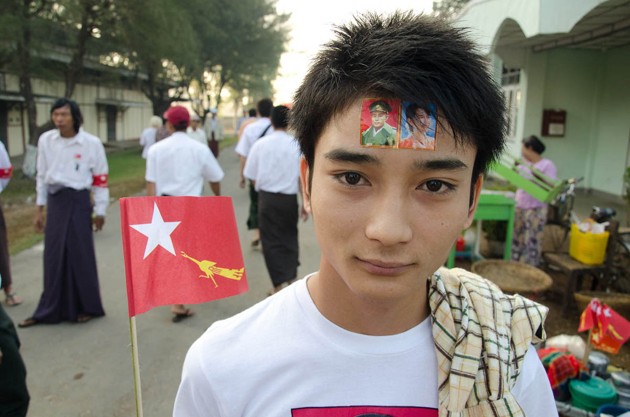
As a result, the photographs are captivating not only thanks to the country’s unusual quality of light, even during the winter months, but also for how Hiller depicts his subjects’ spiritual, matter-of-fact tranquillity. “The way the Burmese integrate their religion into their lives impresses me,” he said. “Not only at pagodas, but in simple exchanges throughout the day, in taxis or tea shops.” (The religious way of life Hiller documents only makes recent news of violence between Buddhists and Muslims in the country especially troubling.)
The photographs include small but fascinating details. One shows several women and men sporting a white paste ground from the bark of a tree called thanaka. Women use it as sun block and makeup as well as an astringent, Hiller explained.


Hiller returned to Burma in January 2015 to launch Daybreak in Myanmar. The main difference from earlier visits, he said, was how the media landscape had changed in such a short time. “I was in Yangon in 2011 teaching photography to photojournalists,” he said. “Back then they would joke about how in Burma photographers don’t ‘point and shoot’ but instead must ‘point and run.’ That has currently changed for the better, but there is no predicting if the pendulum will swing back. It’s great to see so many young Burmese journalists who are now working for international news outlets.”
Daybreak in Myanmar represents Burma’s grace and tension—the very air feels magical and heavy in Hiller’s photographs. “Each time I return I vary my photographic approach,” he said. “Hopefully the work gets stronger with each visit. I’ve been able to get physically closer to my subjects.”
Also included in the book are six brief interviews with leading Burmese writers, including author Pascal Khoo Thwe and blogger Nay Phone Latt, as well as former political prisoners. Their words provide context for the photographs.
What their contributions help to unfold is that these images capture a historic shift. With increased access to the outside world since 2011, development is beginning to change the country: Traffic jams, mobile phones and neon signs now populate the landscape. “It will be interesting to see how it all plays out,” Hiller said, “especially with elections coming up later this year.”
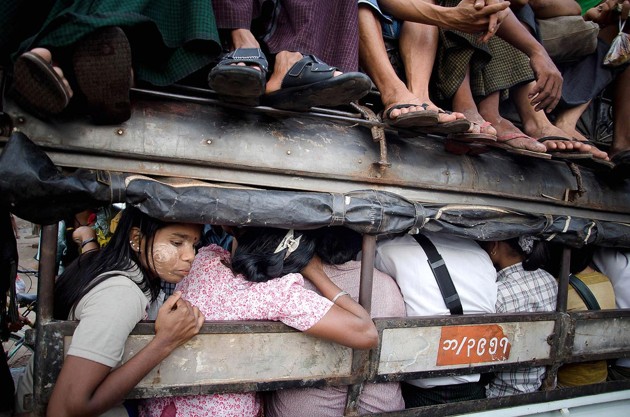
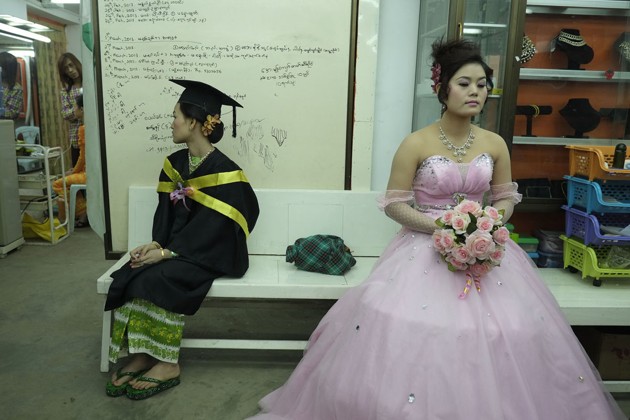
This feature originally appeared in The Atlantic.







